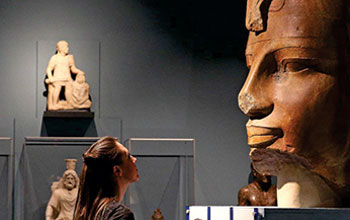Beyond The Surreal
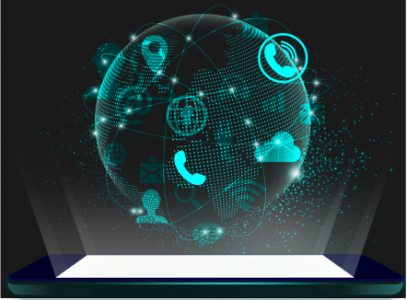

The word Animatronics is derived by combining two words: Animation and Electronics. Thus, it is the technology of creating 3D animated figures and giving it lifelike characteristics, sounds and movement with the help of electronics.
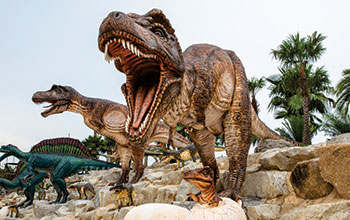
Interactive LED’s are interactive digital touchscreen systems that help you to display desired information and exhibits to your visitors in a delightful and engaging manner. These multi-touch screens can support object recognition and can be integrated with personalized software, mobile applications, and other innovative technologies to encourage playful learning and provide an interactive experience to the audience.
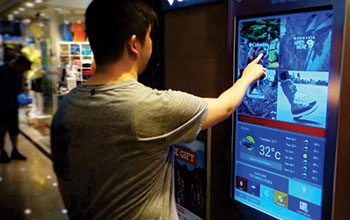
A video wall is a digital wall that joins multiple display screens to create one large picture or a collage of many images clubbed as one. It can be placed on mobile systems or wall mounted for permanent display, depending on one’s need, and is being actively used for providing an engaging and immersive experience to its audience.


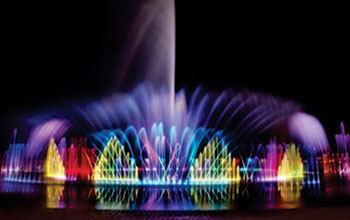
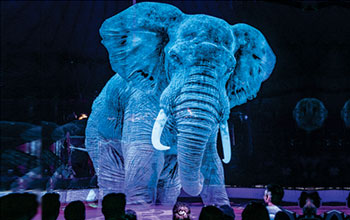
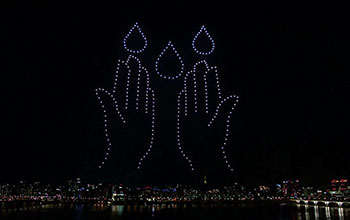
Augmented Realty is the technology that allows users to overlay additional digital content such as 3D models, graphics text, sounds, etc. on objects, images and the surrounding environment. It gives us an extended perception of reality by creating a new-artificial world on top of the existing one. The technology is being widely used to engage, educate, inform and entertain people.

Virtual reality is the simulation of 3D image or artificial environment that transports the user to an entirely different world, which may or may not resemble the real world. Virtual Reality gears such as wearable headsets help the users interact with these 3D simulations in real time. From dark rides to interactive gaming or enhancing the exhibits at a museum, virtual reality stands out in its capabilities to create an immersive experience for the users. The VR gears allow every individual to enjoy and explore things at their own pace and build a unique experience for themselves.

VR CAVE enhance the scope of virtual reality as the technology takes another leap. It is a room-sized 3D visualization solution which allow the users to walk in to a simulated virtual environment where they can see themselves and others simultaneously.
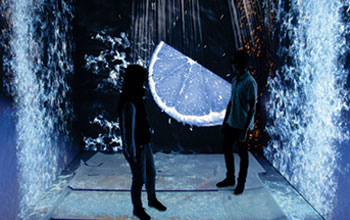
An Android Robot is a robot that is structured to resemble a human body. With exceptional planning and control, these robots can move around complex environments, collect data as they move and interact with the real world in real-time. They are being increasingly used for research and experimental purposes, to detect and read human emotions and interact with human environments.
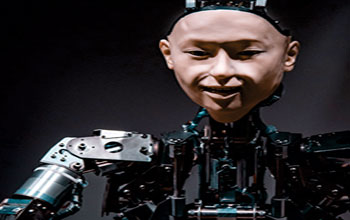
Spherical Immersive Projection technology takes Virtual Realty to the next level and allows its audience to enjoy a 360-degree immersive view of the virtual environment without the need for any external wearables such as VR headsets. The technology uses a geodesic projection sphere, which functions through installation and configuration of multiple projector, for a seamless all-round visual experience!
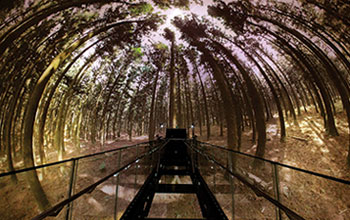
3D Architectural Projection is the technology to project objects on a surface. However, instead of just projecting these objects on a flat surface such as a wall, the technology enables them to mould as per the surface design and architecture. Thus, the objects get transformed into interactive 3D displays. 3D Architectural Projection is used to create mesmerizing spectacles on buildings of eminence and other architectures.
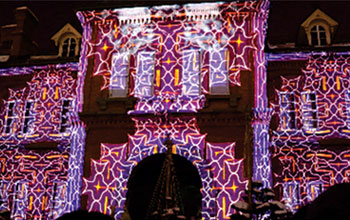
Interactive Walls and Floors bring your walls and floors to life by enabling life-size, interactive projections and display on their surfaces. The technology uses multiple projectors and sensors, built-in software, gesture tracking software and more to catch the attention of its audience and help them to interact with its digital elements for an unforgettable experience.

Museum Exhibits or exhibit designs is the process of visual story-telling by transforming of a concept into a physical three-dimensional structure. The process integrates various disciplines, including graphic design, lighting and audio-visual, architecture, interior design, multi-media and various others, to bring an idea to reality, interact with is audience and narrate a meaningful story.
